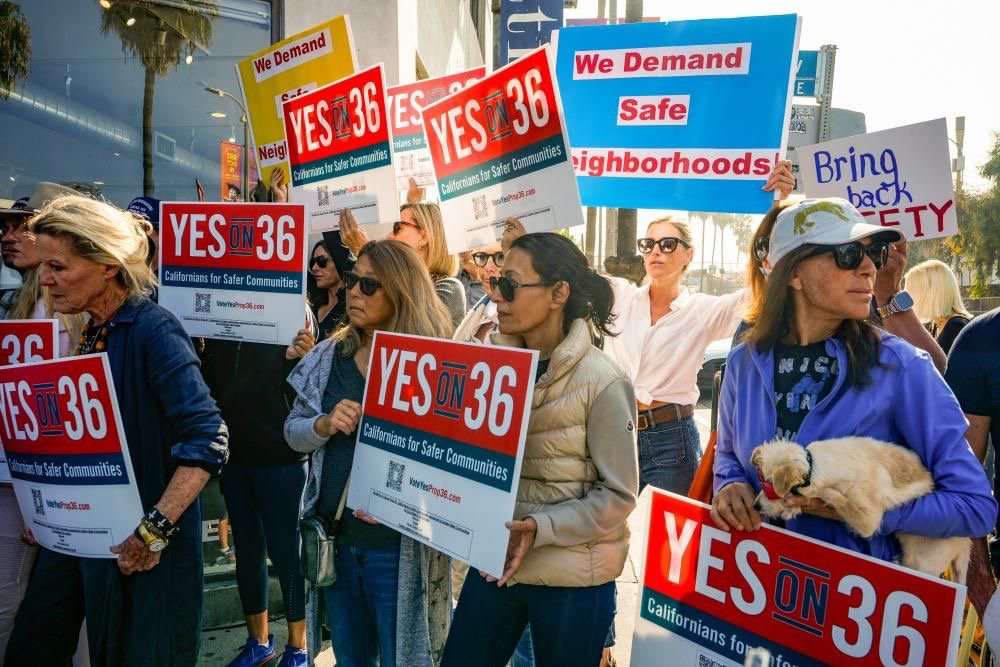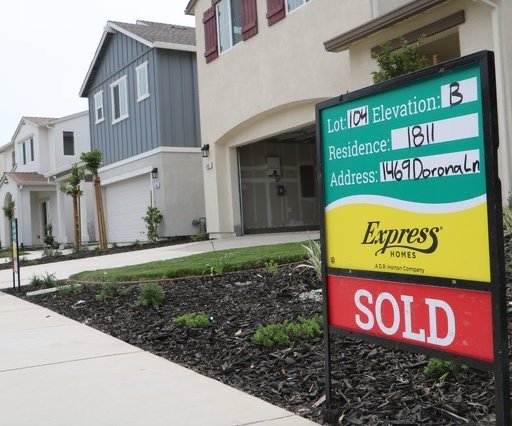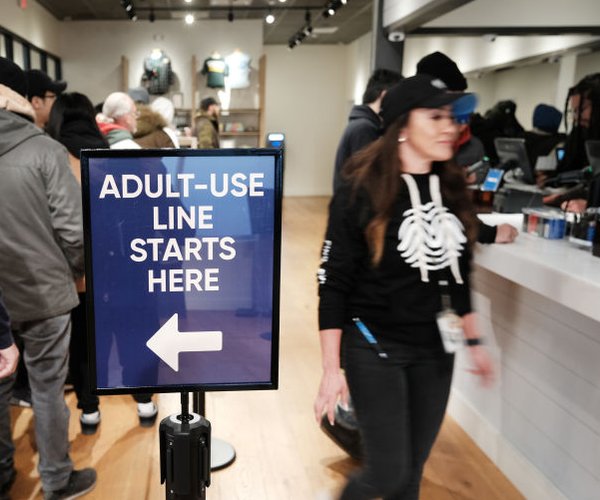Just 55.8 percent of all California households own their own homes.
Anyone can tell you it’s a challenge and a half to buy a home in the Golden State.
Renting a home apartment isn’t much better.
A two-bedroom, two-bathroom apartment at The Atherton in Manteca just east of Bass Pro Shops can put you back $2,595 a month.
The overall median rent in California is $2,800 a month.
That’s $750 higher than the national average.
National home ownership, by the way is 10.1 percent higher than California.
Home ownership rates in select San Joaquin cities are Manteca, 69.1 percent, Lathrop, 83.7 percent; Ripon, 68.9 percent; Stockton, percent 51.7; and Tracy, 64.0 percent.
The data is gleaned from Census Bureau surveys.
One would think Californians as a whole would jump at the opportunity for more rent control
Last Tuesday, 62 percent of California’s voters said “no”.
The San Joaquin County results mirror that.
Proposition 33, which sought to expand rent control, failed.
Just like two other statewide measures attempting to do the same thing did over the past six years.
The percentage against expanding rent control went down by almost identical margins in each election.
So why do progressive politicians keep bringing it up?
They claim voters are being hoodwinked.
They’re wrong.
They are misreading the room.
Just like they did early on in refusing to tone down other social justice measures, that basically rendered penalties virtually non-existent for property theft crimes.
The repeated effort to block changes legislatively in Sacramento to strike a more balanced scale of justice led to Proposition 36’s landslide passage surpassing 70 percent.
Two progressive measures.
Two big defeats.
It doesn’t signal per se a plunge into more conservative territory in California.
Instead, it reflects support for middle-of-the-road — or measured — solutions to societal problems.
Three Strikes was an overreach in some cases.
Social justice when it came to crime, in some cases, was also an overreach.
So what is the middle ground to easing rents and home prices so the gap between California and the national average is narrowed?
The solution is obvious, but getting there won’t be easy.
There needs to be more housing built and the cost to build it needs to be reduced.
Clearly, growth fees that cover basic amenities and infrastructure — sewer and water capacity, schools, community parks, fire stations, and such — can’t be reduced without reducing the quality of life within communities or the ability to serve it.
The only reasonable way to do it is cut the red tape — the timeframe for the approval process that adds considerable cost and uncertainty for builders and financial underwriters alike — at least in half.
That, however, would require Sacramento stepping up and rolling up their sleeves, not being held hostage to special interest groups across the spectrum from environmentalists to developers, and coming up with workable solutions.
It also requires one more thing: Giving Californians more credit.
They are not stupid.
They understand investors or developers aren’t going to build new homes or apartments if they can’t make a profit.
They understand if you artificially cap rent increases you run a huge risk of squeezing landlords, meaning they are less likely to properly maintain rentals or modernize units or homes.
It should be noted the current California rent control law — the 1995 Costa-Hawkins Rent Act — allows any of the state’s 483 cities to impose rent control, with strings attached.
Those “strings” include:
They cannot limit annual rent increases to more than 5 percent plus the rate of inflation, as long as it doesn’t exceed 10 percent.
Rent control can’t be applied to units or homes that aren’t at least 15 years old.
When tenants move out, cities with rent control can’t force the landlords not to reset the unit or home rent to the market level when a new tenant moves in.
It cannot be applied to single family homes or condos.
It is why rent control in the 30 or so cities among the 483 in California is considered “rent control lite.”
Proposition 33 would have eliminated the strings.
And it would allow more hard core rent control in the Golden State.
How has that worked elsewhere?
The biggest benefactors — in terms of the percentage of how long certain groups stay in rent control apartments — tend to be single and financially better off.
In markets, where tight rent control is in place, if new apartment construction takes place, it tends to be aimed for higher end incomes.
More often than not older units under rent control are not as well maintained.
Less new rentals are built, which in turn decreases the available units, making the demand exceed supply even more which in turn increases the rent of units not under rent control.
Even with rent control lite, studies have shown San Francisco has seen a dropoff in new apartment construction and a dropoff in low-income households.
The mayor of San Jose, whose city is one of the 30 plus with rent control in California, opposed Proposition 33.
So did Gov. Gavin Newsom, this time around.
What does that mean?
In Newsom’s case, he is making all the moves to hit the road to reach the White House in 2028.
Coupled with his uncharacteristically low key opposition to Proposition 36, it is clear Newsom is working to tone down his progressive tendencies.
The scribbling of the proverbial writing on the wall started several years ago, not on Nov. 5.
California is slowing down, if not ever so slightly reversing, its shift to become even redder.
Nor is it going any time soon into a deep blue freeze.
And it may not in the next few years, enter true purple territory.
It’s not exactly a tectonic shift.
But the political earth is shaking enough that even Newsom basically acknowledged he saw it coming on Nov. 5.
This column is the opinion of editor, Dennis Wyatt, and does not necessarily represent the opinions of The Bulletin or 209 Multimedia. He can be reached at dwyatt@mantecabulletin.com






